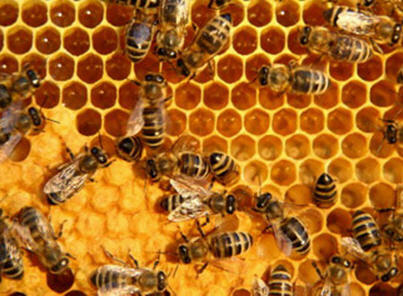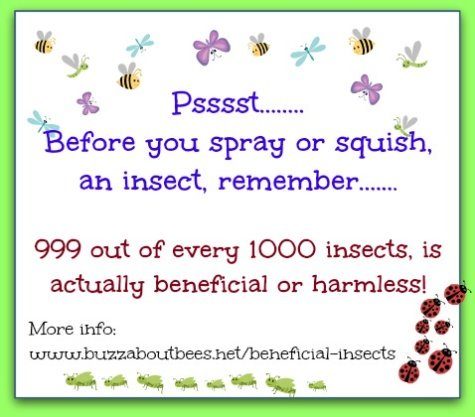Loss of the Bees

As of October 2016, bees have officially been put on the endangered species list. With their potentially annoying buzz and the threat of painful stings, why should people be concerned?

Bees do far more than just produce honey. 65% of plants rely on bees for pollination. Pollination is essential to plant reproduction, so the threat to the bee population is also a threat to humans’ food source.
Since many fruits and vegetables are pollinated by bees–more than 400 agricultural species, according to onegreenplanet.org–as the bee population decreases, so will broccoli, asparagus, cantaloupes, cucumbers, pumpkins, blueberries, watermelons, almonds, apples, cranberries, and cherries. While one-third of the fruits and vegetables huan eat regularly reply on direct pollination, even more rely on being pollinated by the wind. Among these are corn, wheat, and oats. Overall, bees helped produce$19 billion worth of agricultural crops in the U.S. alone in 2010.

What about the clothes we wear? Cotton relies on pollination for its growth as well. Have a cold? Many medicines and pharmaceuticals come from plants, which also rely on bees.
And the impact on plant life will impact livestock as well. For example, since cows eat a variety of wildflowers and plants that contain alfalfa and clover, without bees the cows’ food will rapidly decrease. This doesn’t just hurt cows but decreases dairy and meat production for human consumption as well. Say goodbye to burgers and ice cream.
Seven species of yellow-faced bees have been put on the endangered list. These seven species are endangered because of the destruction of their habitats, nonnative plant species, natural disasters, and nonnative animals.
Here are some ways people can help the bee population:
- Plant organic flowers native to where you live.
- Leave your “weeds” alone. They do minimal damage, and dandelions are yummy for bees!
- Stop using/buying insecticides, herbicides, and pesticides.
- If you have a bee problem call a local beekeeper, who will remove them safely and often free of charge.
- Avoid mowing yards until April or May, and if you must mow, raise the blades to the highest setting. This prevents destroying their habitat during hibernation and will also therefore prevent the bees from seeking nests elsewhere, like your house.
- Buy local raw honey.
- Plant a wildflower patch (poppy, foxgloves, forget-me-not, Indian blanket, Aster, butterfly weed etc.): native plants and wild flowers attract butterflies and bees along with other wildlife and pollinators.
- Plant a clover lawn. Bees love clover!
- Leave a shallow dish of water outside with rocks for the bees to land on. A supply of water and mud are important for the bees. They are thirsty creatures and mud helps them build their homes.
- If you find a bumblebee nest, leave it alone. They are not aggressive and their nests only last one season.

www.usatoday.com/story/tech/sciencefair/2017/01/…bee…/96394450/






